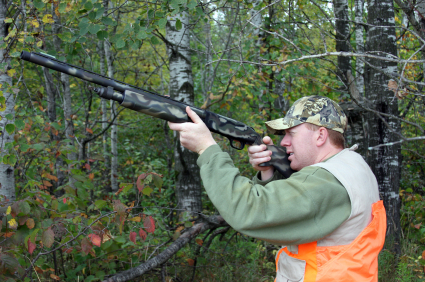
Type the search term “hunting” into Google News, and along with fishing and hunting reports, one of the most frequent search returns are news stories about hunting accidents, from hunters getting lost to overexertion to treestand incidents to accidental discharges. As with any other outdoor sport, there are risks associated with hunting; however, hunters can do many things to mitigate risk, and one way to do so is by revisiting basic hunting safety guidelines.
Read on to review basic hunting guidelines, compiled from the websites of the Alabama Department of Conservation and Natural Resources, the Minnesota Department of Natural Resources and the New York State Department of Environmental Conservation:
- Before the hunting season begins, get into good physical shape with a conditioning program. Stick to it so yo
 ur body can handle any situations/terrain that will require a significant amount of exertion.
ur body can handle any situations/terrain that will require a significant amount of exertion.
- Know and understand your own physical limitations, and be vocal about them. Respect your hunting partners’ limitations, as well.
- Study a detailed map of your hunting area to fully understand the lay of the land. Bring the map along with you on the hunt.
- In addition, bring along navigational tools such as a GPS and a compass.
- Pack a survival kit, including such items as water, extra food, a first aid kit and waterproof matches.
- Before heading out on a hunting trip, be sure to notify a family member or friend where you’ll be going, and for how long. If plans change, be sure to notify your contacts right away.
- Wear hunter’s orange. It makes a big difference; those who wear hunter’s orange are seven times less likely to be shot.
- Thoroughly read and understand the manufacturer’s treestand guidelines. Wear a fall restraint device whenever you’re climbing or descending a tree, and when you’re sitting in the treestand.
- Once in the treestand, use a pull-up rope to transport unloaded, safety-on weapons.
- Always assume weapons are loaded.
- Point guns in a safe direction.
- Until you are ready to shoot, keep your finger off the trigger.
- Always be sure of your target -- and beyond your target.
Remember, preventing hunting accidents starts with you. To keep everyone as safe as possible, review these guidelines from time to time, and make sure your hunting buddies do, too.
- 3142 views


 ur body can handle any situations/terrain that will require a significant amount of exertion.
ur body can handle any situations/terrain that will require a significant amount of exertion.